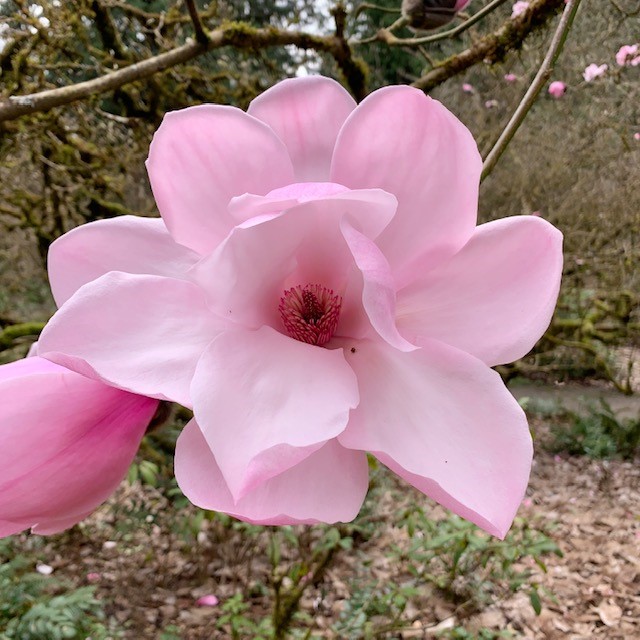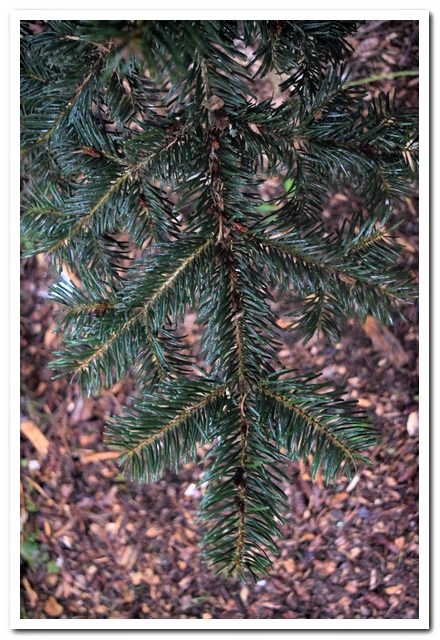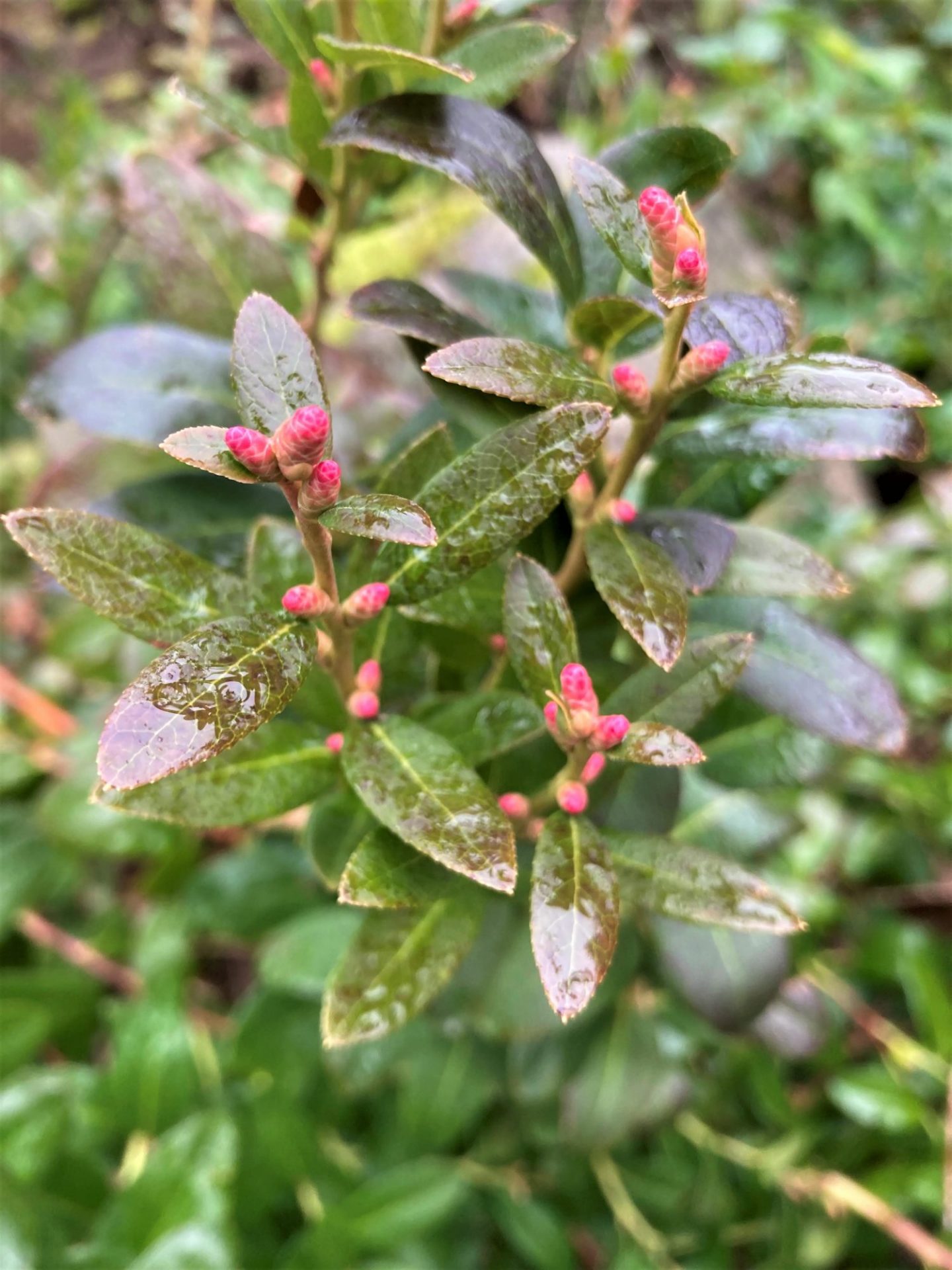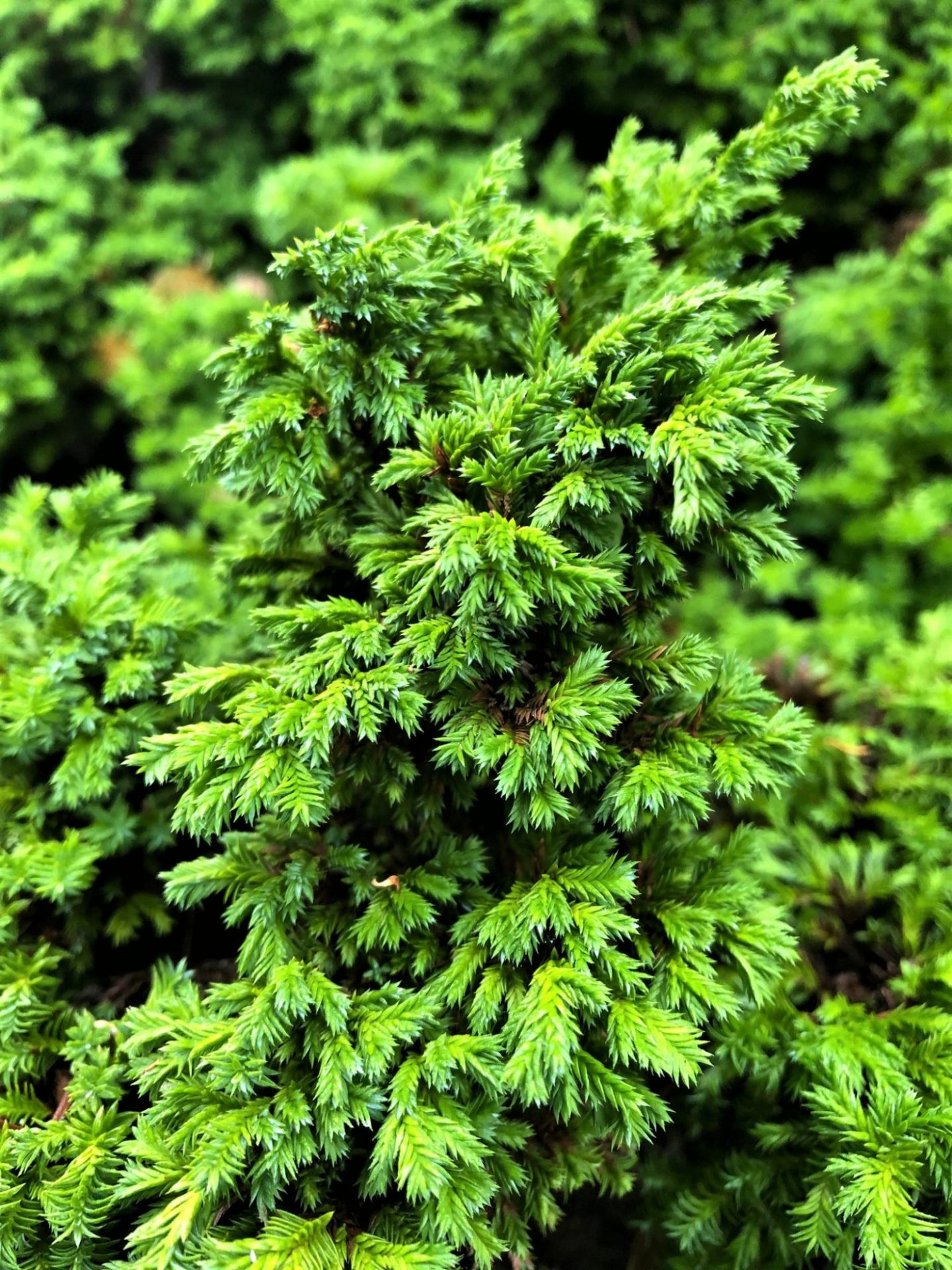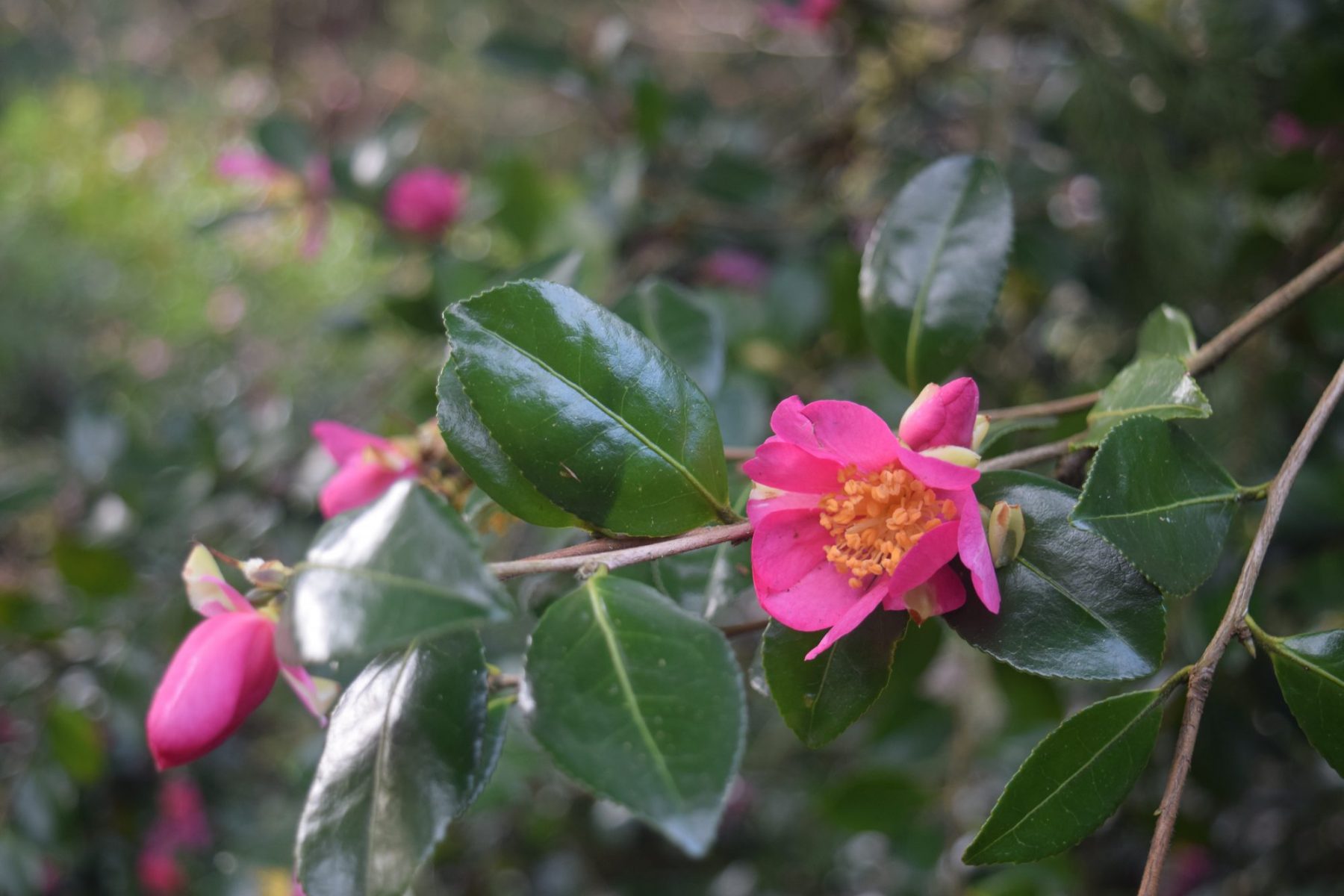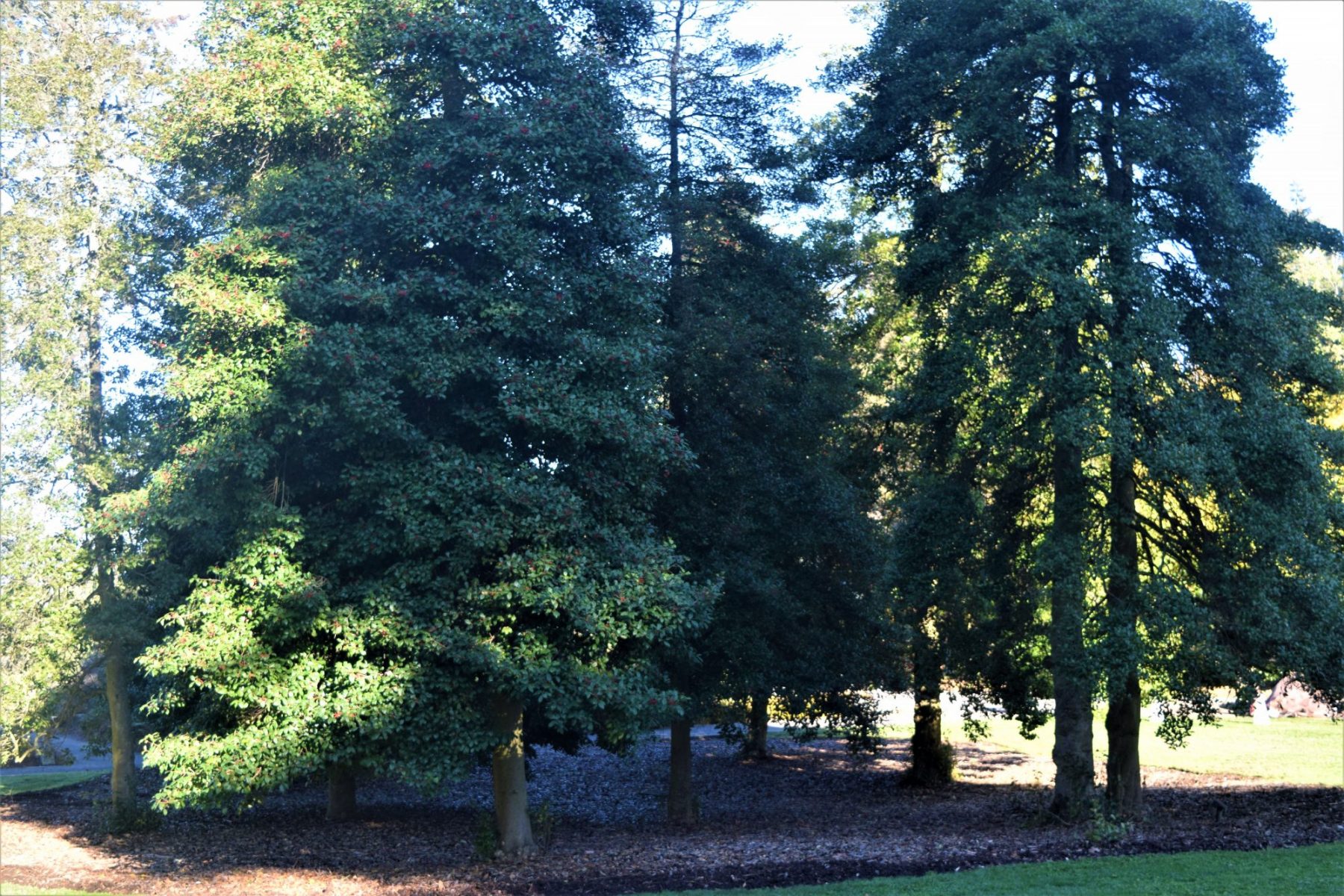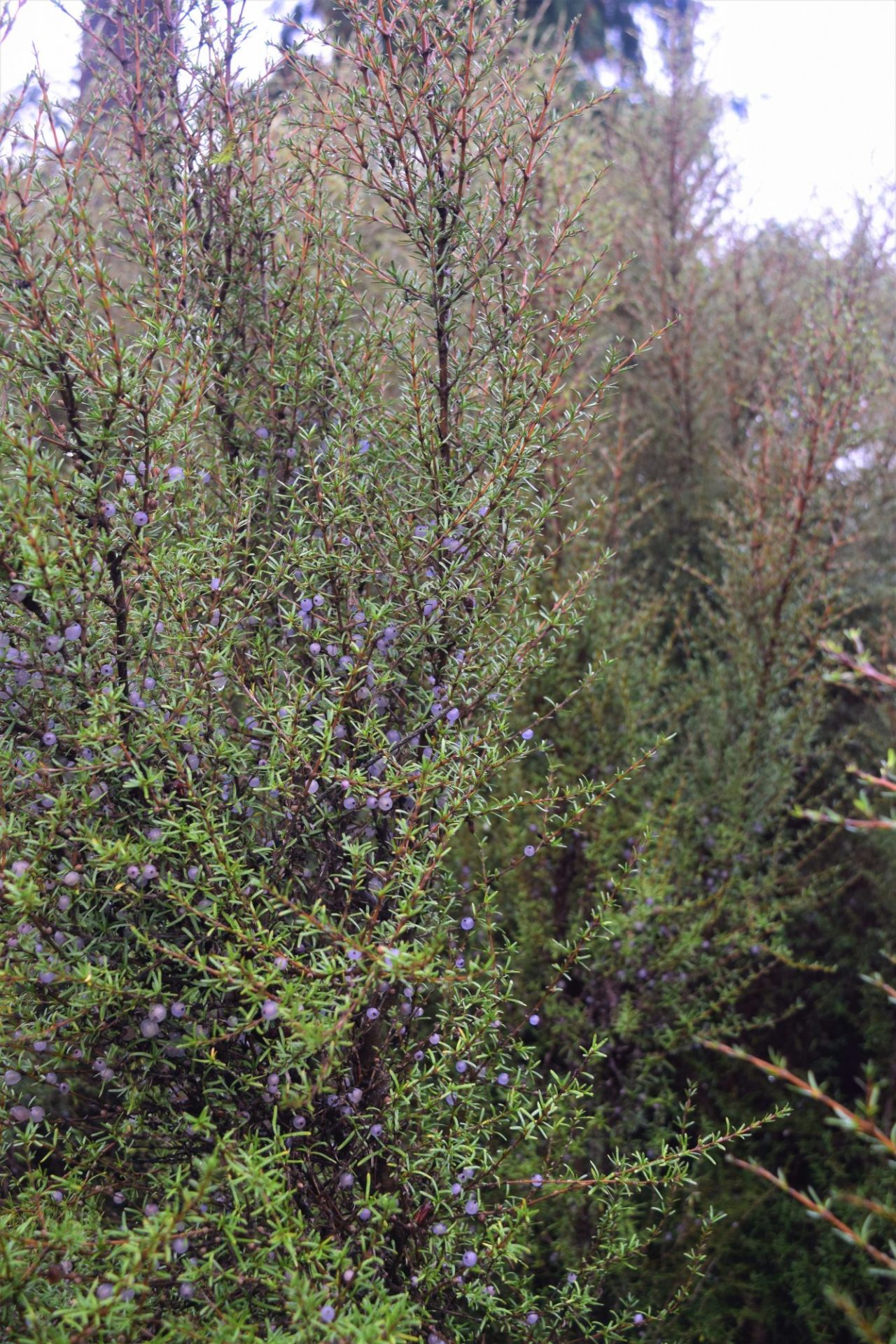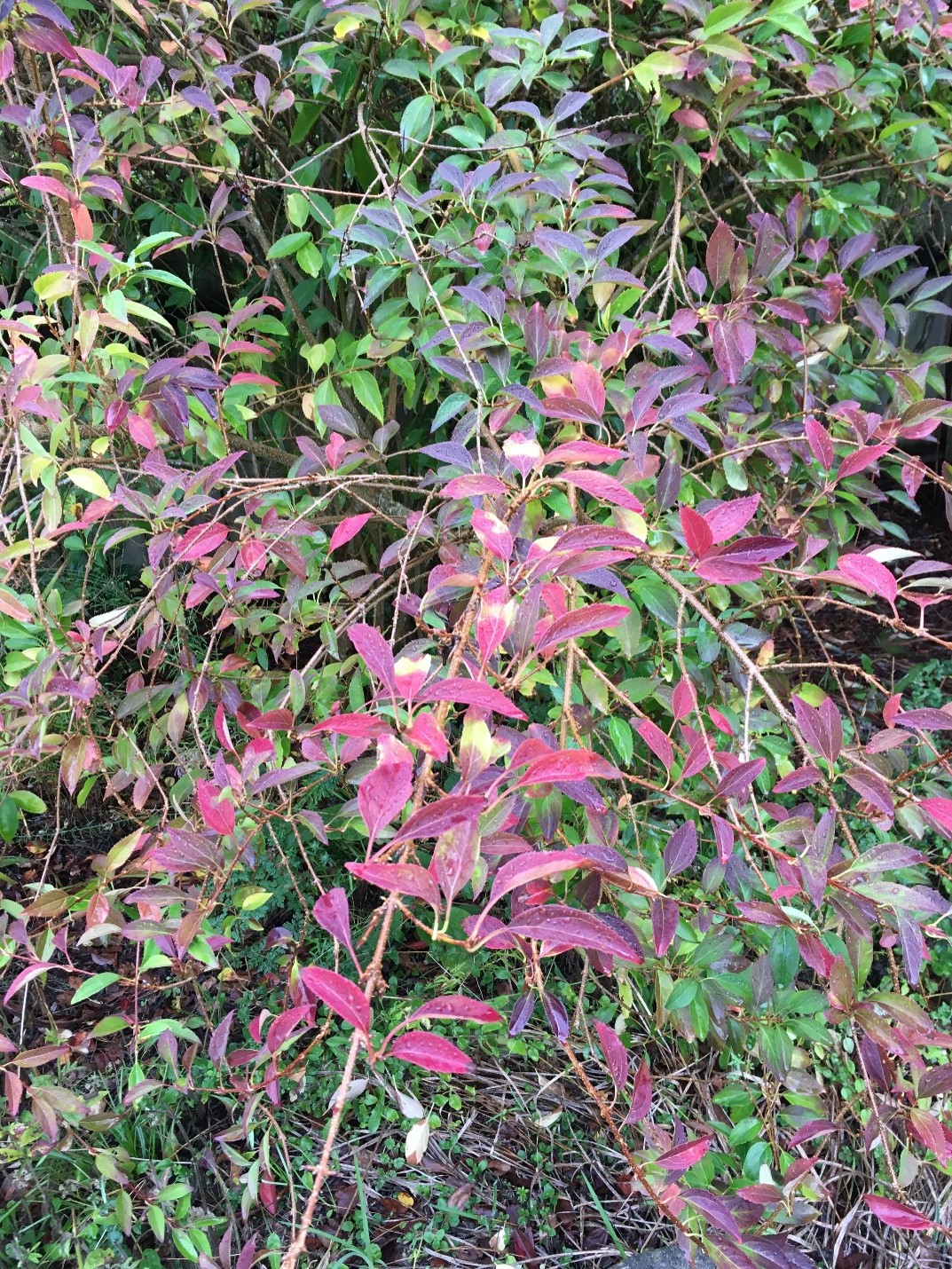If you missed our peak magnolia bloom, you can extend their beauty virtually here enjoying several wonderful photos of a few of my personal favorites. Many thanks to both Niall Dunne – Arboretum Foundation Communications Manager and Bulletin editor, Ray Larson – UW Botanic Gardens Interim Director and Skylar Lin – PSGO aerial photographer for sharing their extraordinary photos capturing these magnificent magnolias in bloom!
Read more »"Firs Things Firs"
1) Abies bornmuelleriana Turkish Fir This species is allied to the Caucasian Fir (A. Nordmanniana), but with some characteristics of the Greek Fir (A. cephalonica), notably the resinous buds and glabrous shoots. It has a small range in northwestern Asia Minor, where it forms forests on the Bithynian Olympus. With regards to our collections at the Arboretum, we have a few specimens in the Northwest Pinetum, as well as the one shown here residing below the Pacific Connections New Zealand Garden.
Read more »Signs of Spring at the Washington Park Arboretum
1) Leucothoe davisiae Sierra Laurel This evergreen member of the Heath family is native to the mountains of eastern and northern California where it grows in bogs and seeps. The hot-pink buds will open in spring to reveal white urn-shaped flowers. You can find Leucothoe davisiae in the Cascadia Forest. 2) Magnolia sargentiana var.
Read more »Examples of the Plant Collections Network at the Washington Park Arboretum
Several genera at the Washington Park Arboretum are part of a multi-site nationally-accredited plant collection administered through the Plant Collections Network of the American Public Gardens Association. The Plant Collections Network is one of the most significant networks of cultivated living plant collections on Earth and is used for taxonomic studies, evaluation, breeding, and other research. The Network stewards diverse living collections at public gardens across North America to safeguard plants and share them with the world.
Read more »Winter Interests (Part II) at the Washington Park Arboretum
1) Chamaecyparis pisifera ‘Plumosa Compressa’ Dwarf Sawara Cypress This cultivar of the Japanese native, Sawara Cypress, has soft blue-green foliage. Growing only one to six inches per year, this 50 year-old specimen can be seen just at the entrance to the Graham Visitors Center along Arboretum Drive. 2) Corylus maxima ‘Atropurpurea Superba’ Purple Giant Filbert This cultivar of the Giant Filbert, or Hazel, produces long red male catkins in winter before the bright red young leaves emerge.
Read more »Winter Interests at the Washington Park Arboretum
1) Camellia sasanqua ‘Briar Rose’ Briar Rose Camellia This medium-sized, flowering evergreen shrub is native to Japan. Camellia sasanqua has many cultivars with the most popular being varieties that bloom in winter. You can currently view ‘Briar Rose’ Camellia in bloom, sitting at the Mary Hughes Foxworth memorial in the Camellia Collection. 2) Garrya x issaquahensis Silk Tassel Tree The Silk Tassel Tree is a medium-sized evergreen bush with an abundant winter floral display of long male catkins that are creamy white-to-light green with pink highlights.
Read more »Happy Holidays from Your UWBG Horticulture Staff!
We invite you to enjoy our “Game of Groves”. Can you name the following iconic tree groves based on the photos shown and hints below? #1) I am a grove of nine broadleaf evergreen trees with berries that are commonly used as Christmas greens. My location is an “island” in the middle of the ocean surrounding our five Pacific Rim flora.
Read more »Selections from the New Zealand Garden at the Washington Park Arboretum
1) Coprosma propinqua Mingimingi Coprosma is a genus of about 90 species of shrubs and trees found in various Pacific regions, including New Zealand and Australia. They range from trees to low-growing spreading shrubs and those with a divaricating habit. A member of the plant family Rubiaceae, C. propinqua is found in swampy areas and near streams throughout New Zealand. The leaves are very small and oblong and the berries are a translucent blue color.
Read more »The Purples and Reds of Fall from the Home of UWBG Horticulturist, Annie Bilotta
1) Forsythia Common name: Forsythia or Easter Tree A staple of many gardens, it is a harbinger of spring with its early yellow blossoms. It also provides some very nice fall color, extending its garden interest. A member of the Olive family, Oleaceae. Nicknamed the Easter Tree because it blooms around Easter time in early spring. There are approximately 14 species, mostly from Asia.
Read more »“Barking up the Right Tree”
1) Stewartia monadelpha Orange Bark Stewartia Stewartia monadelpha is a small tree (up to 25 feet high) with stunning cinnamon bark. A member of the Camellia family, the white flowers resemble those of small, simple Camellias and can be viewed in early summer. Several beautiful specimens can be viewed at the southern end of the Camellia Collection. 2) Lagerstroemia indica x fauriei ‘Muskogee’ Muskogee Crepe Myrtle This garden hybrid was developed by the National Arboretum in Washington, D.C.
Read more »